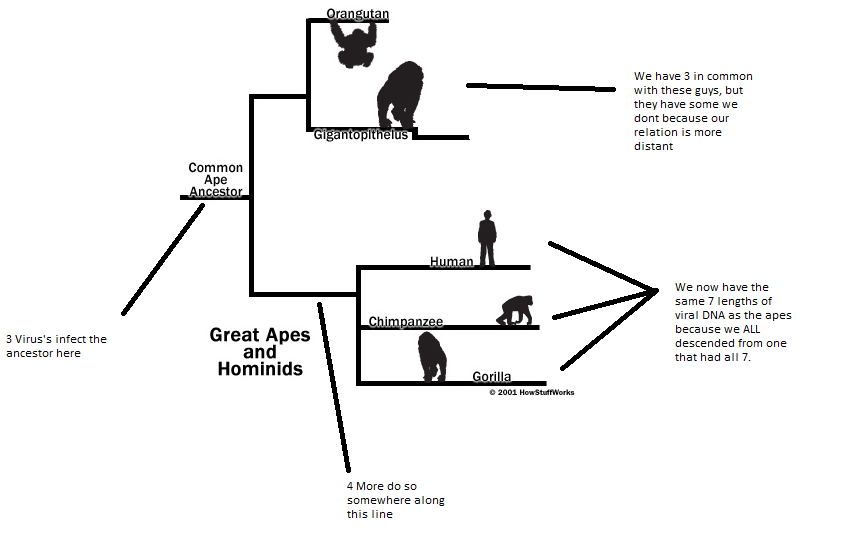The C-14 and radioisotope dating methods have come under serious fire in the past decade,
This is a common Creationist lie. There's no other word for it--it is a lie. NO serious scientific institution doubts the validity of properly conducted C14 dating.
What allows them to get away with the lie is that C14 dating is a tad more complex than other radiometric dating methods (and it's telling that they never acknowledge that there ARE other dating methods). C14 is a cosmogenic nucleotide, meaning that it typically forms in our upper atmosphere, as a result of interactions between N14 and cosmic rays. This obviously means that more cosmic rays=more C14 in the system. This in turn means that we have to address solar cycles and supercycles (11 years and 100 years each, roughly) when addressing C14 dating. C14 can also be made via open-air nuclear testing.
The thing is, scientists know this (we're the ones who found it). There are a number of ways to address these issues.
First, there's dendochronology. We've found tree rings that extend well into the Pleistocene (not individual trees; what we've found are trees that grew in overlapping time periods, and lined up the overlaps). So we know how many years back we are at any point in the tree ring data--it's a simple counting exercise (more or less, anyway). When we take the C14 dates of various parts of that sequence we can simply count the rings, and see what the C14 results are.
Second, there's stratigraphy. I myself have dealt with C14 dating on the southern edge of the Salton Sea. For those not familiar with the area, it's rich in mudpot volcanism, where CO2 is bubbling to the surface. This has contaminated the sediment with "dead" carbon (meaning carbon with all the C14 gone). It produces some really weird results. Trace the beds around to the north side of the sea (a fairly simple exercise for a stratigrapher) and you get less-weird results, thanks to the lack of volcanic activity. Doing this allowed my boss to quantify the error and the contamination (it was part of a different project than mine; I did use his results, though).
The other side of this is the horrendous Mt. St. Helens "research" done by Creationists. Radiometric dating has certain requirements that must be met in order for it to be valid. Closing temperature is perhaps the most critical--if the rock gets too hot (and it doesn't have to be very hot at all in some cases, particularly the more complex silicates) and some member of the decay series will leave the rock. Your results will be dubious at best in those cases. That said, this CAN be useful--if you can quantify the loss (tricky, but possible) you can use various mineral systems and isotopic decay rates to get a fairly accurate picture of volcanism in an area.
Then there's the fact that no one in their right mind uses one single dating method without some major push. Thermoluminescence and optically-stimulated luminescence are commonly used in conjunction with C14 dating. These use a completely different mechanism to determine the age, one that is not impacted by the principles governing C14 dating. They offer a truly independent test of the dates. FYI, if you want to get samples dated using these mechanisms it's a 6 month wait. The USGS rep I spoke with laughed at me when I asked if there was any way to do them faster.
Also, as I said before, medical procedures utilize exactly the same principles. Isotopic tracers are used extensively in medical research, and precisely the same equations as are used in radiometric dating are used to determine the dosage.
To answer your question of why people haven't addressed those issues, my response is "How do you know we haven't?" How much have you examined the isotopic geochemistry literature? I've dabbled in it (as you can see), and I've found a number of answers to criticisms of C14 dating. If you know of any that I haven't addressed, please provide them. I'll see what I can do. But my suspicion is that those who are telling you that the criticisms haven't been addressed haven't looked. This stuff is REALLY hard. I saw a guy have a mild mental breakdown studying it. To fully understand it you START with learning about strong and weak nuclear forces, then it goes uphill. What I've given is a broad outline--I'm not getting into the issues of marine reservoir effects or methane clatherates, for example. This isn't stuff that you can read about on a blog or a brief web article and understand; it's stuff that takes years to fully grasp. And honestly, most Creationists simply don't bother.
http://c14.arch.ox.ac.uk/embed.php?File=calibration.html
Here's a brief article discussing C14 calibration, and other issues. The wiki article isn't too bad, either.
Finally, even if radiometric dating was crap, Creationism would still be wrong. Creationism, as a scientific theory, didn't die with the rise of radiometric dating--it died with the Principles of Stratigraphy, principles that I can prove with some candy and a clear plastic jug (I know I can'--that's how I taught them). Angular Unconformities also prove that the world is far, far older than Creationists would have you believe.
All of this illustrates why people reject evolution: again, this stuff is hard. It requires a large investment in time, effort, and money (I've spent a few thousand on textbooks and journal articles, NOT including the ones I needed when I was in school). Most people simply don't put the effort in. They're like the Creationists who reject C14 dating--they latch on to a fact that appears to disprove some scientific idea, then stop. Scientists, on the other hand, keep going, finding out more and more about our universe. We view the investment as worth it--and to be honest, most of the time we think it's part of the reward.

